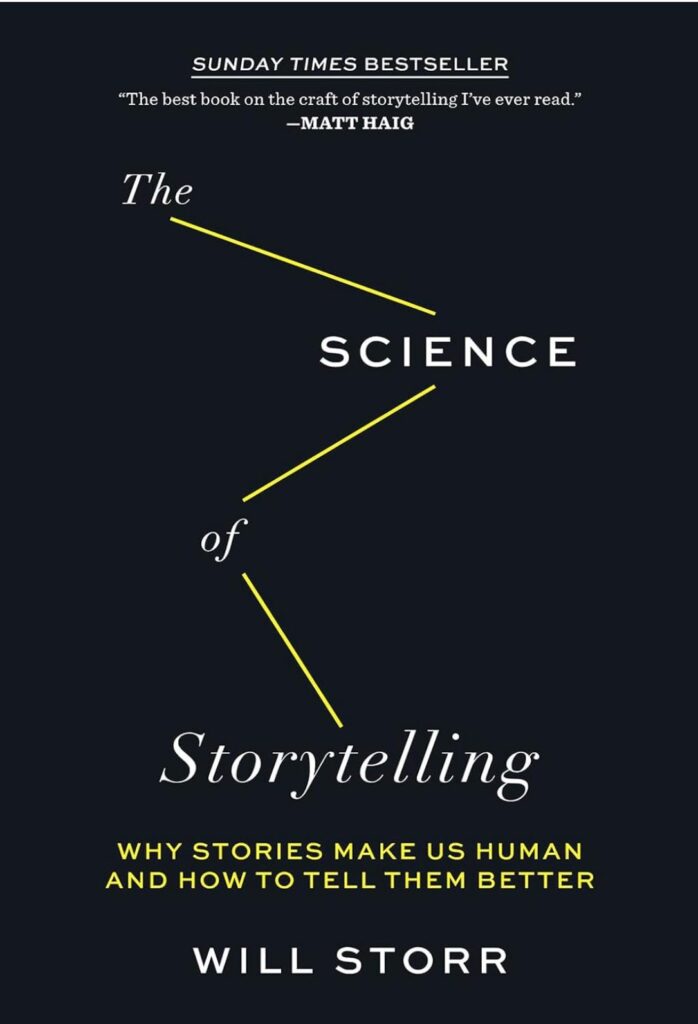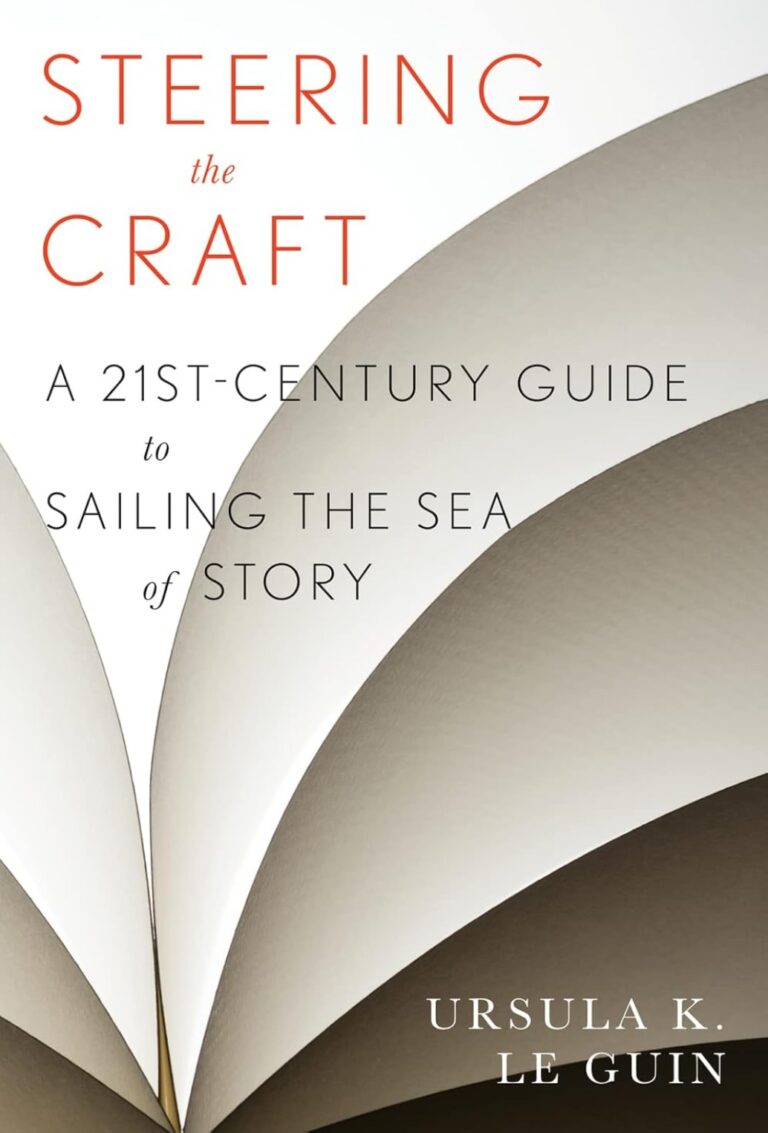When writing Hucow stories, one of the most important tools at your disposal is descriptive language. It’s what transforms a scene from flat and mechanical to immersive and sensual. It’s the details that make a reader feel every sensation, see every transformation, and connect emotionally with your characters.
As someone who writes Hucow stories, I’ve learned that descriptive language isn’t just about what the characters are doing; it’s about what they’re feeling, smelling, tasting, hearing, and seeing. Sensuality is all about engaging the reader’s senses.
In this post, I’m going to break down how you can use descriptive language to heighten the sensuality in your Hucow stories. Whether you’re writing about milking, transformation, breeding, or the subtle dynamics of power between your characters, vivid descriptions can make all the difference.
Table of Contents
ToggleEngage All Five Senses
To create an immersive, sensual scene, you need to engage all five senses—sight, sound, taste, touch, and smell. When you tap into these, your readers can experience the story alongside your characters. It’s not just about what happens; it’s about how it feels.
Describing Touch in Milking Scenes
In a Hucow story, you can write a milking scene that is deeply sensual by focusing on how the touch feels. Imagine the cool metal of the milking apparatus against warm skin or the gentle, rhythmic pressure of hands as they guide the flow of milk.
For example, in a story I wrote, I described the feeling of the machinery against the heroine’s soft skin. I paid attention to how her body reacted, the goosebumps that rose with each touch, the tightening sensation as the milk began to flow. This turns the milking scene into an intimate moment, not just a mechanical one.
Sound and Rhythm in Breeding Scenes
In a breeding scene, the sounds can be just as important as the action. The rustle of clothes, the whispered promises of the alpha male, the rhythmic breathing of the characters—these all contribute to the atmosphere.
In a Hucow story you can write, try describing the steady beat of the heroine’s heart as she anticipates what’s coming, or the soothing, low voice of the alpha as he reassures her. When you add layers of sound to your descriptions, you create a richer experience for the reader.
Painting a Vivid Picture
When we talk about using descriptive language, it’s easy to get stuck on adjectives. But it’s more about how you craft the scene as a whole. Paint a vivid picture for your readers. Don’t just tell them what’s happening—show them. Let them visualize every detail in their minds.
Color and Light in Transformation Scenes
Transformation is a central theme in many Hucow stories, and it can be one of the most visually stunning elements. Instead of simply stating that the heroine is changing, describe how her body reacts, how the light catches on her new curves, how her skin glows under the soft lighting.
For instance, in a Hucow story, you could write, “Her skin shimmered under the moonlight as her body shifted, curves growing fuller, her breath coming in shallow gasps as her transformation completed.” The reader can now see, feel, and hear the moment, making it much more immersive.
Detail the Setting to Enhance the Mood
The environment your characters are in can set the tone for the entire scene. Is it dark and mysterious, or is it warm and inviting? Use your setting to heighten the sensuality of the moment.
In one of my stories, I described the room where the transformation was happening in great detail: “The warm amber glow of the candles flickered against the walls, casting soft shadows over the heroine’s body. The air was thick with the scent of honey and lavender, wrapping around her as the alpha’s hands moved skillfully, guiding her through each phase of the transformation.”
The reader isn’t just watching the scene—they’re inside it.
Creating Emotional Sensuality
Sensuality isn’t only about the physical; it’s also about the emotional connection between characters. Descriptive language can help you build that emotional depth, making the physical encounters more meaningful.
The Power of Internal Monologue
In a Hucow story, you can write internal monologue to show the heroine’s emotional state during intense scenes. How is she feeling? Is she nervous, excited, scared? Let the reader into her mind.
For example, during a transformation scene, you might write, “Her heart raced as the changes rippled through her body, but it wasn’t fear that caused her breath to quicken—it was anticipation. Every part of her ached for his touch, for his approval.” This gives the reader insight into the heroine’s emotions, making the scene feel personal and intimate.
Building Emotional Connection Through Dialogue
Dialogue is a powerful tool to heighten sensuality, especially in the Hucow genre. The words your characters say to each other can build tension, desire, and trust.
In a Hucow story you can write, the alpha male might say, “You’re perfect just the way you are,” as he gently guides her through her transformation. This not only shows his care and dominance but also deepens the emotional bond between them.
Balancing Sensuality with Power Dynamics
One of the unique elements of Hucow stories is the balance between dominance and submission. This power dynamic can be both sensual and empowering if written with care. Descriptive language can help you strike the right balance.
Dominance in Touch and Command
In a Hucow story, you can write the alpha male as someone who is dominant but tender. Describe the way he touches the heroine—not with roughness but with control and care. Maybe his hands are firm, but there’s a gentleness in the way he holds her.
For example, in one of my stories, the alpha placed his hands on the heroine’s shoulders, steadying her as she trembled. His grip was firm, but his touch was reassuring. By balancing the physical dominance with emotional care, the scene became both erotic and comforting.
Submission as Sensual Surrender
The heroine’s submission can also be sensual. It’s not about losing power; it’s about choosing to trust. In a Hucow story, you can write the moment where she surrenders not as a loss, but as a gift of herself to the alpha. Describe how she feels—safe, desired, cherished.
“She gave herself to him, her body melting into his, trusting him completely as his hands moved over her skin.” This shows submission as a beautiful, intimate act, rather than something purely physical.
Using Metaphors and Symbolism
Descriptive language can go beyond literal descriptions. Metaphors and symbolism can add layers of meaning to your sensual scenes, making them more poetic and engaging.
Nature as a Metaphor for Transformation
In Hucow stories, transformation is often linked to nature—the body changing in a natural, almost primal way. You can use metaphors to enhance this connection.
For example, you might write, “Her body blossomed like a flower, each curve unfurling with the warmth of his touch.” This not only paints a beautiful picture but also ties the transformation to something organic and inevitable, heightening the sensuality of the moment.
Conclusion
When writing Hucow stories, descriptive language is your best friend. It allows you to create immersive, sensual scenes that engage all of the reader’s senses. Whether you’re describing the soft touch of the alpha, the sounds of the transformation, or the emotional journey of the heroine, vivid descriptions bring your story to life.
In a Hucow story, you can write with all five senses, create emotional connections through internal monologue and dialogue, and use metaphors to add layers of meaning. By focusing on the details, you’ll not only heighten the sensuality of your scenes but also draw your readers deeper into the world you’ve created.
References
Please see the below references, in case you would like some more information:
- Writing Sensual Descriptions in Fiction – A guide to using descriptive language to enhance intimacy.
- Balancing Power Dynamics in Erotic Fiction – Learn how to write dominant and powerful conversation.
- Transformations in Romance: Metaphors and Meaning – Explore how to use transformation as a metaphor in romance writing.
- Writing with All Five Senses – Tips on how to engage all five senses in your writing to create immersive scenes.
- Emotional Depth in Erotic Fiction – Learn how to build emotional connections through erotic writing.
- Creating Tension Through Dialogue – How to use dialogue to create tension and deepen emotional bonds between characters.
- Crafting Alpha Males with Care – A guide to writing dominant but caring male characters in erotic fiction.
- Symbolism in Sensual Writing – Explore how metaphors and symbolism can heighten the sensuality in your stories.







































